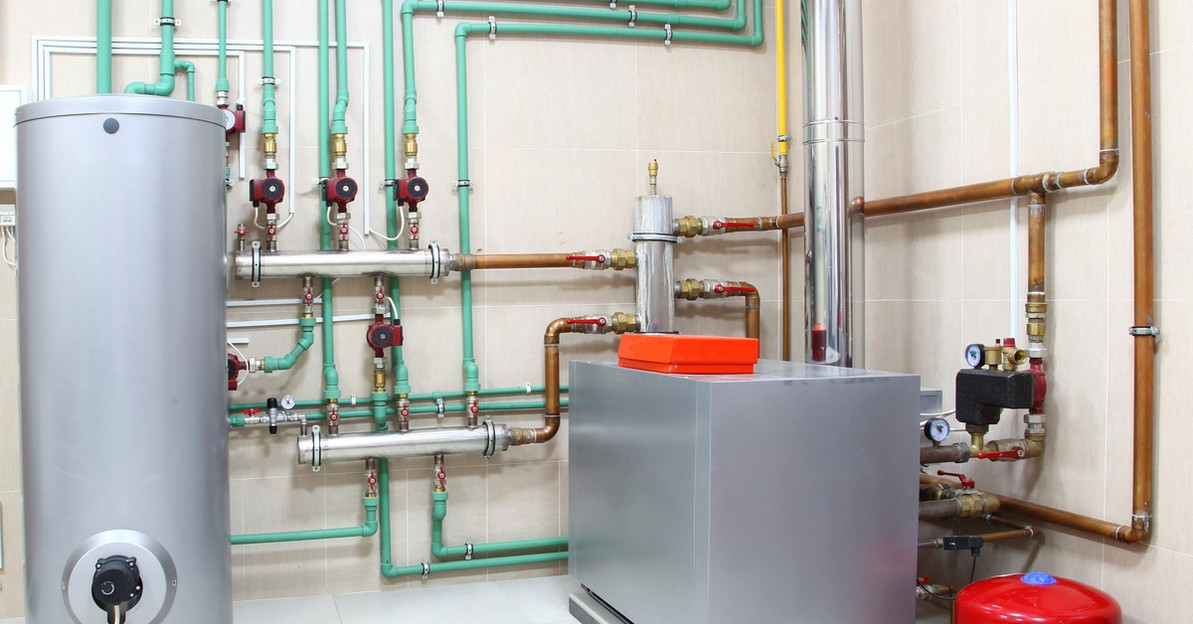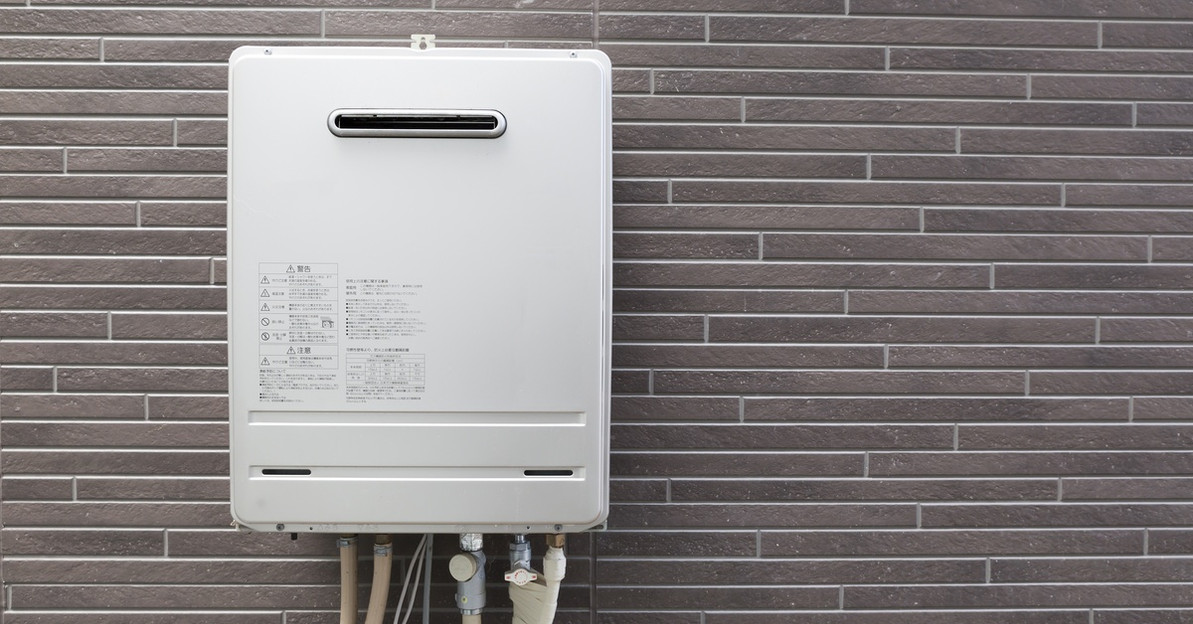Sewage Pump vs. Grinder Pump: The Differences Explained
Delving into the realm of sewage management may not top everyone’s list of fascinating subjects, yet the distinction between a sewage pump and a grinder pump holds significant relevance for anyone dealing with wastewater systems. These pumps are the unsung heroes of homes and businesses, and each option is designed to handle waste in unique ways.
The right pump can prevent pesky blockages and costly repairs, making it a pivotal decision for maintaining a hassle-free plumbing system. Let’s explore the features and benefits of each pump, helping you choose the best solution for your wastewater needs.
Functionality and Mechanisms: Decoding the Pumps
When you understand the inner workings of sewage pumps and grinder pumps, you can see why each is suited to particular tasks.
Sewage pumps function by moving liquid waste and soft materials efficiently using a centrifugal pump mechanism. This design relies on a spinning impeller that creates a pressure difference to propel waste through pipes, often assisted by gravity. These pumps don’t shred or break down solids, so they’re best used in systems where waste primarily comprises liquids and soft solids that can easily pass through the system.
Grinder pumps, however, are engineered for heavy-duty tasks. They incorporate a powerful grinding mechanism that reduces solid waste into a fine slurry, allowing it to pass through narrow pipes without clogging. This grinding action is crucial in settings where waste must be moved uphill or over long distances. The robust construction and grinding capability make grinder pumps ideal for industrial applications and properties with complex plumbing needs.
Applications and Suitability: Finding the Right Fit
Sewage and grinder pumps serve distinct roles, and identifying the right application for each is pivotal when making your choice.
Sewer pumps are most effective in residential settings where waste primarily consists of liquid and soft materials, though commercial sewage pumps also have their place in smaller businesses. These pumps work optimally in systems designed to leverage gravity, providing a cost-effective solution for typical household waste management needs. The design simplicity of sewage pumps offers reliable performance at an affordable price in locations with straightforward plumbing systems.
Conversely, grinder pumps are indispensable in more challenging environments. Their ability to reduce solid waste into a slurry makes them essential for properties where waste must traverse long distances or rise against gravity, like in hilly or low-lying areas. They are a preferred choice for commercial establishments that deal with diverse and voluminous waste outputs, including restaurants and industrial facilities.
Maintenance: Keeping Your Pump in Prime Condition
Regular maintenance is crucial to the longevity and efficiency of both sewage and grinder pumps, though the approach differs slightly due to their mechanical differences.
With their simple and straightforward design, sewage pumps require less intensive maintenance. Routine checks should focus on ensuring the impeller is clear of debris and the float switch operates correctly. Regular cleaning of the discharge line prevents buildup and promotes smooth operation and backup prevention.
Meanwhile, grinder pumps demand more meticulous maintenance. The grinding mechanism must remain unobstructed and sharp to function effectively. Regularly inspect the pump to ensure that the blades are free of debris and damage. Listen for unusual noises to preemptively catch mechanical issues. Grinder pumps also benefit from periodic professional servicing, which helps maintain the pumps’ integrity and extends their lifespan.
Cost Considerations: Balancing Budget and Needs
As you choose between a sewage pump and a grinder pump, weigh the initial costs against long-term benefits.
Sewage pumps typically have a lower up-front cost due to their design and functionality. Installation and maintenance costs are also generally lower, making them an attractive option for budget-conscious property owners who require basic waste management solutions.
Grinder pumps, while more expensive at the start, offer substantial advantages in environments with challenging waste management needs. The higher cost reflects their sophisticated design and robust capability to handle complex waste streams. Installation often requires professional expertise, which does contribute to the overall expense. Nevertheless, the investment pays off in scenarios demanding reliable performance under strenuous conditions.
Installation and Environmental Impact: Making Practical Choices
Installation processes and environmental considerations also play a significant role in the selection of sewage versus grinder pumps.
The installation process for sewage pumps is pretty straightforward, as they fit easily into existing plumbing systems where gravity assists waste flow. This simplicity not only reduces installation time and costs but also minimizes the environmental footprint by leveraging natural waste movement processes.
Grinder pumps, meanwhile, require more detailed installation processes, often involving complex plumbing adjustments to accommodate their need to move waste against gravitational limitations. Despite the intricate setup, their ability to minimize clogs and blockages in systems with high waste loads makes them a sustainable choice for certain applications. Additionally, by efficiently processing solids into slurry, grinder pumps can reduce the frequency of maintenance and repairs, which indirectly reduces environmental impact.
The Role of Sewage and Grinder Pumps in Emergency Situations
In the context of emergency situations, both sewage pumps and grinder pumps can play a pivotal role in ensuring the safe disposal of waste when conventional systems face emergency interruptions.
Sewage pumps, designed for handling liquid waste and soft solids, can offer quick relief in smaller settings by maintaining basic waste removal functions. In the event of power failures, battery backups or generator support can keep these pumps operational. Their straightforward design makes them relatively easy to service and repair, which is advantageous during urgent scenarios.
Thanks to their robust design, grinder pumps are particularly effective in handling emergencies where waste must be transported over challenging terrain or through complex plumbing systems. Their ability to process solid waste ensures that even in high-stress situations, clogs and blockages are minimized. Advanced models may even include smart technology features that provide real-time monitoring and alerts, allowing property owners to address issues swiftly and effectively.
Now That You Know
As you contemplate the differences between sewage pumps and grinder pumps, looking ahead to future trends and innovations in pump technology can offer additional insights. The industry is constantly evolving, with advancements aimed at enhancing efficiency, durability, and environmental sustainability. Emerging technologies, such as smart pumps equipped with sensors and connectivity features, can predict potential issues before they escalate, ensuring timely maintenance and reducing downtime.
When making your final decision, consider the long-term implications of your choice on both your property and the environment. Think about how future technological advancements might integrate into your existing system and provide benefits that align with your goals. Whether prioritizing cost-efficiency, robust performance, or sustainability, keep an eye on these evolving trends to help you make an informed decision that best suits your needs. Embrace the opportunity to contribute to a more sustainable future while ensuring your wastewater management system remains at the forefront of technological innovation.

Recent Posts
-
Must-Have Tools for Tackling Plumbing Clogs
Clogs are one of the most common issues professional plumbers will encounter on the job. These clogs …Dec 29th 2025 -
A Guide to Implementing Indirect Water Heating With Boilers
Choosing the right water heating method for your home or business significantly impacts energy effic …Dec 9th 2025 -
How Tankless Water Heaters Can Benefit Commercial Kitchens
A commercial kitchen operates at a fast pace and maintains very high performance standards. Every pi …Dec 3rd 2025





